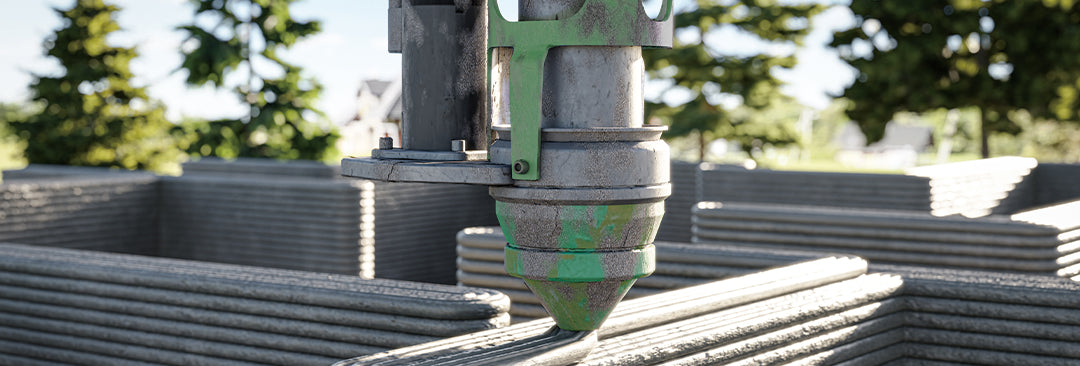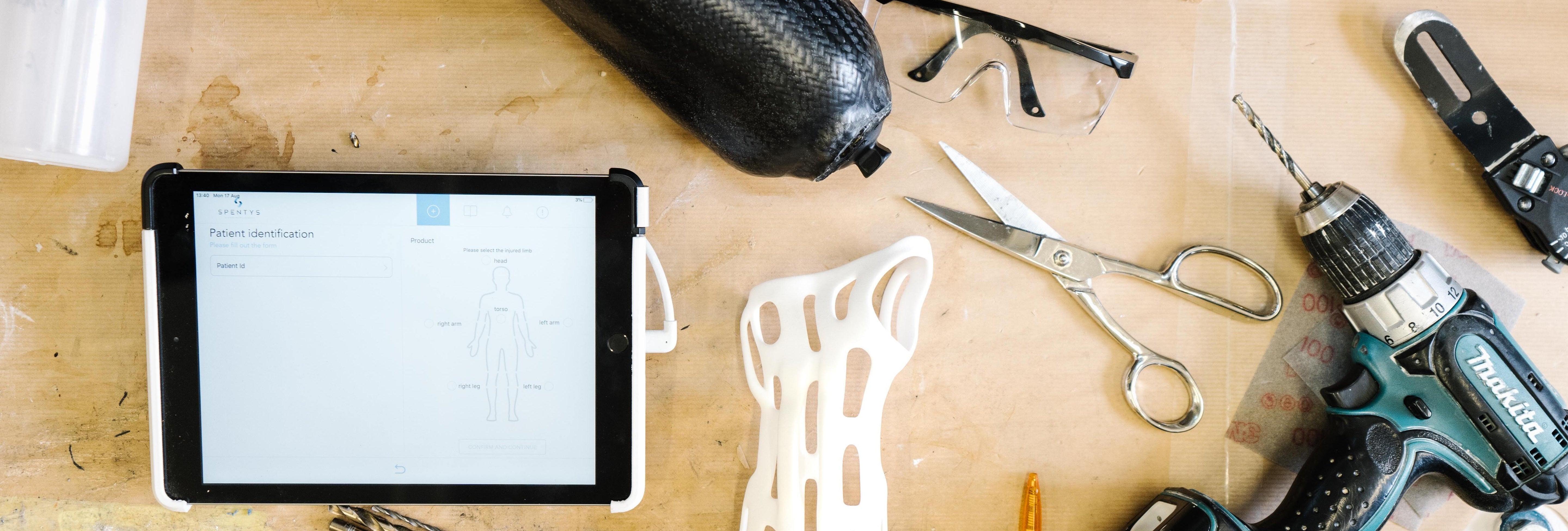We all love 3D printing (hence why we are here spending our time reading news about 3D printing). It gives us the freedom to create pretty much whatever we want within hours, from tabletop miniatures to functional designs that we incorporate into our daily lives.
But do you know that we can 3D print houses?
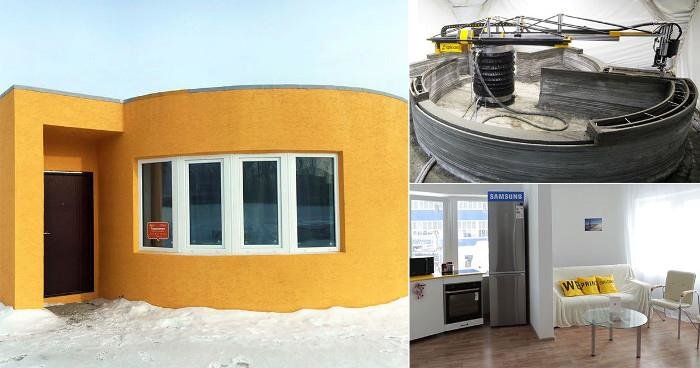
Apis Cor 3D-printed a fully functional house in just 24 hours. (Source: Apis Cor)
Well, now you do! Back in 2017, a company called Apis Cor in Russia successfully created a fully-functional house with 3D printing in just 24 hours. The house is 38m2 and includes a hall, bathroom, living room, and a compact functional kitchen equipped with the most modern appliances. Specifically designed with a particular round shape, it was made to further highlight the capabilities and advantages of using a 3D printer that can create even the most unconventional building shape. In addition, Samsung also participates in this project by providing a full-sized refrigerator, washing machine, oven, and even a curved TV to fit the curved wall of the living room. Although this house was still primarily created for testing purposes and is yet proven to be habitable, this still laid a significant pathway for all the other construction 3D printing (c3DP) projects that follow.
Construction 3D Printing
Similar to the 3D printing we know and love, these 3D-printed houses are built layer by layer from a paste-like concrete mixture extruded through a nozzle. Following the digital model of the building's design, it makes walls one layer at a time, just like an FDM printer.
So, why are these 3D-printed buildings considered to be such a promising option for the future of housing and construction?

Speed
3D printing allows for the rapid construction of buildings. Like the one by Apis Cor, a 3D-printed house can be printed entirely in a matter of days or even hours. Despite being highly dependent on the size and complexity of the design, it's still substantially faster than the traditional method.
Flexible and Versatile
As portrayed in the previous Apis Cor project, 3D printing allows for the creation of highly customized and complex shapes that could be uniquely tailored to the specific needs and preferences of the owners. Including providing customized and more accessible housing even for people with health conditions or impairments.
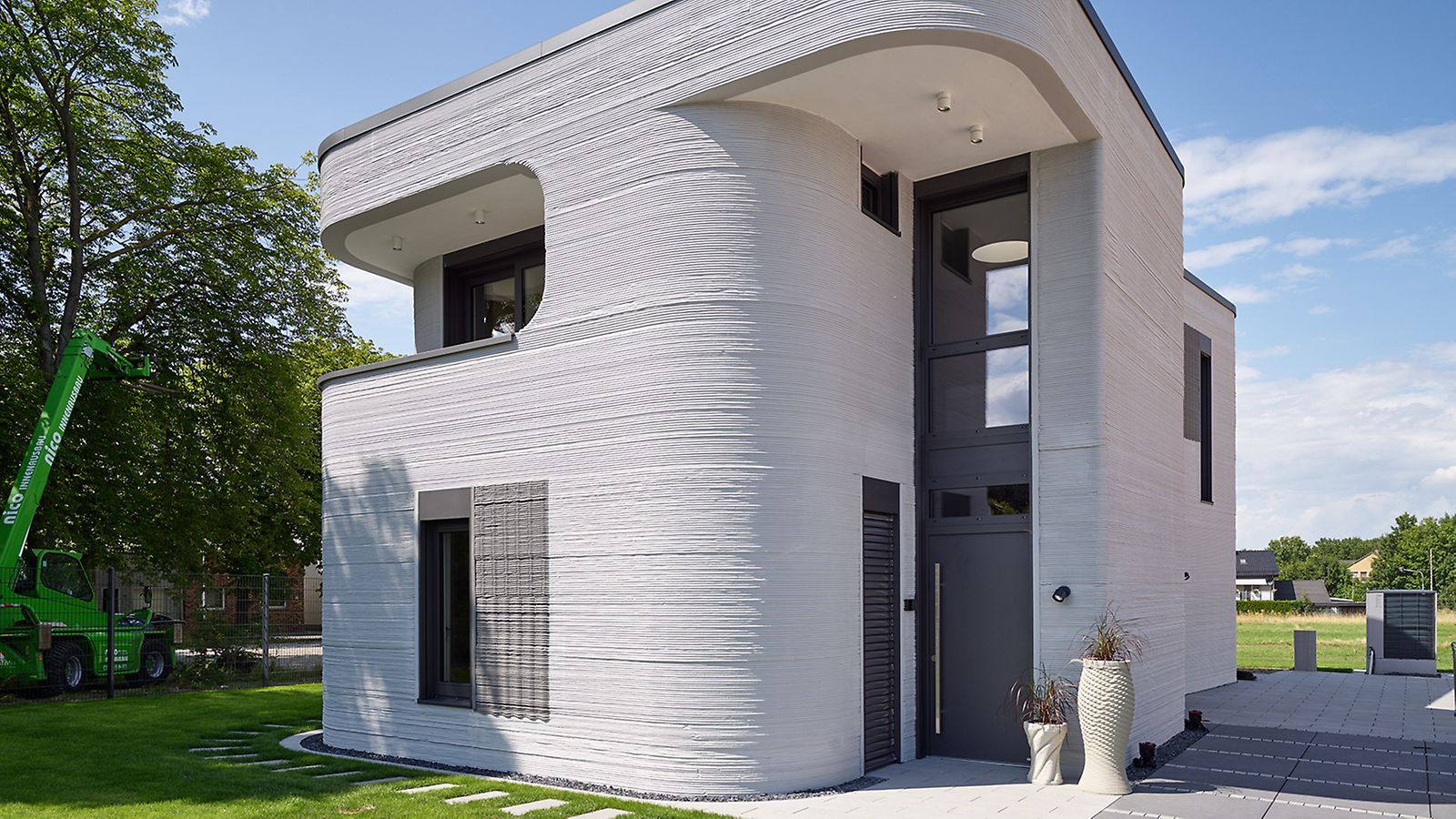
First 3D-printed house in Germany. (Source: PERI)
Safety
With most of the construction part done by machines, construction sites utilizing 3D printers will require less labor. Compared with the traditional method that requires tons of physical labor, these construction projects will require only a handful of workers to operate the machine and supervise the printing process. In addition, using a 3D printer may also prevent work-related accidents and injuries.
Cost Effective
While the initial cost of 3D printing equipment is high, with each new advancement of technology and more entities investing their capital in the field, it is expected that the cost of 3D-printed homes will eventually be competitive or even cheaper than traditional construction methods. Not to mention that the reduced construction time and less labor also lead to a reduction in the total cost.
Sustainable
Construction 3D printing can potentially reduce waste in construction. This is because each meter square constructed requires an exact amount of material and will reduce the need for single-use material during the construction process.
Other sustainable materials can also be used in place of concrete. For example, the BioHome3D in Maine was printed with a mixture of all-natural materials like sustainably grown wood fiber. While Tecla, a 3D-printed residential building prototype, was built entirely from a mix of local soil, leftover rice husks from the local ricefield, water, and a binder.
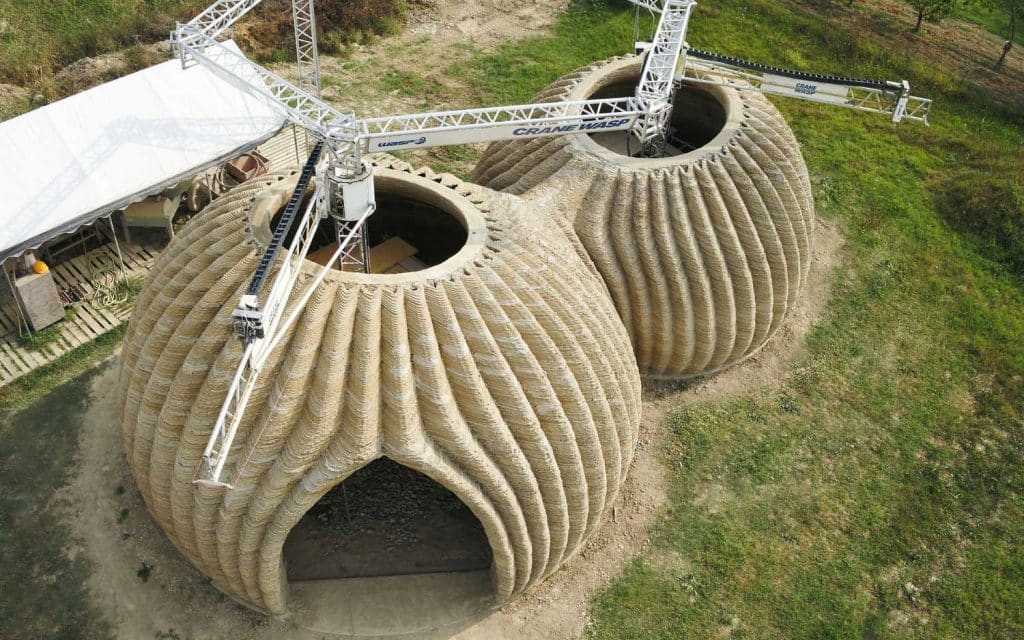
Tecla — a 3D-printed habitat printed from eco-friendly materials. (Source: IAAC)
With almost 40% of the global carbon dioxide emissions coming from the AEC (Architecture, Engineering, and Construction) industry, utilizing a more environmentally friendly material can significantly reduce global emissions.
More 3D-Printed Structures
The continuous effort to utilize 3D printing in construction is not limited to residential housing either. In the past few years, construction 3D printing has also created some of the most iconic structures in the world.
The World's First 3D Printed Bridge

First 3D-printed bridge in the world is located in Madrid. (Source: IAAC)
The first functional 3D-printed bridge structure is located in Castilla-La Mancha, an urban park in Madrid, Spain. Revealed in December 2016, it has a total length of 40 ft and a width of 5.7 ft. It was separated into eight 3D printed parts and printed with fused concrete powder micro-reinforced with thermoplastic polypropylene.
The Office of the Future
The first 3D-printed office building in the world named the 'Office of the Future' by Sheikh Mohammed, will house the Dubai Future Foundation for the foreseeable future. Being the first of its kind, the building was ready for actual use almost as soon as it was completed.
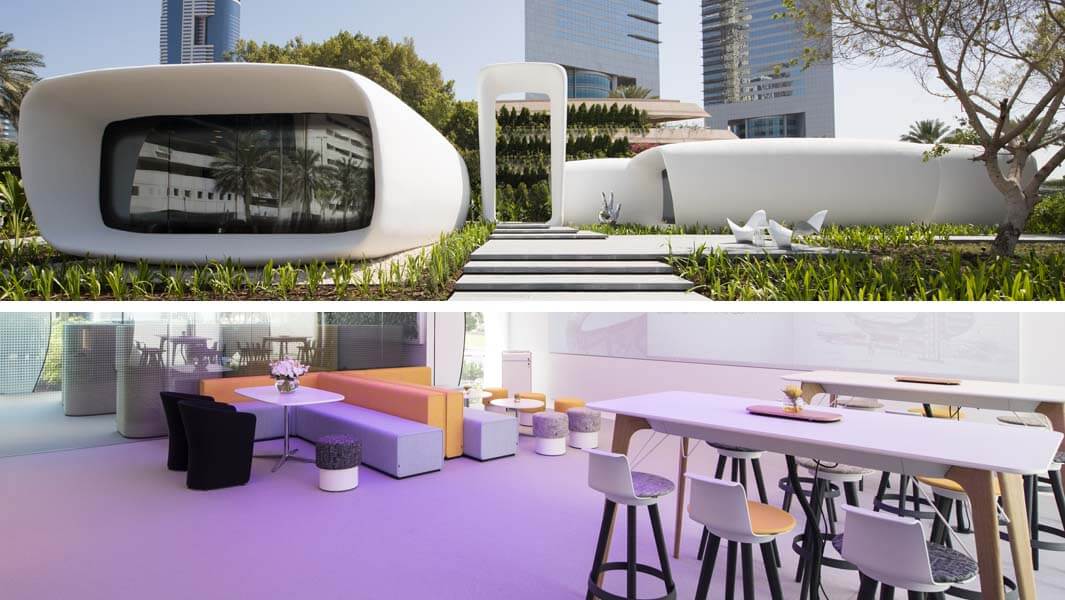
Dubai builds the first ever 3D-printed office in the world. (Source: Winsun3D)
Occupying an area of 250 square meters, it was constructed with a special mixture of cement, locally sourced building materials, and other imported compounds. The process claimed to have cut labor costs by up to 80 percent and reduced overall construction waste by almost 60 percent.
The Office of the future is designed with a unique exterior design that perfectly captures the innovative advancement of future workplaces, while the arc shape was chosen for safety purposes and to maintain the structural stability of the building.
Five Story Tall 3D-Printed Apartment
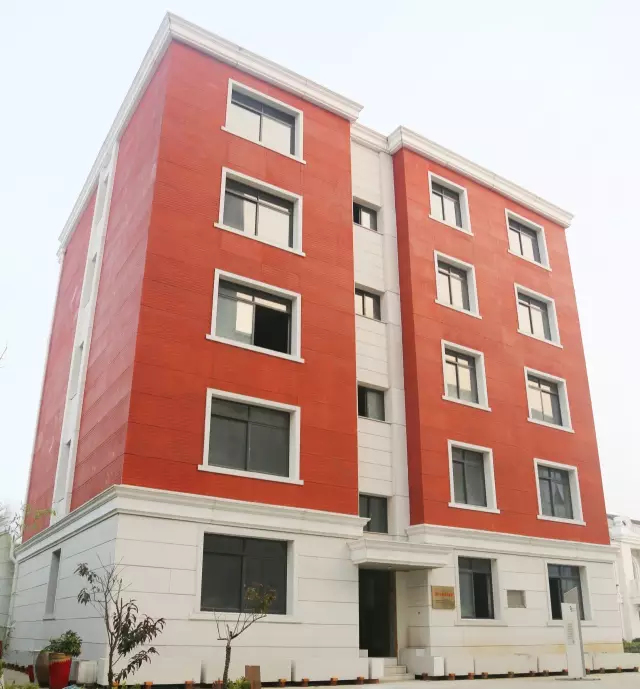
The highest 3D-printed structure in the world (Source: Winsun3D)
Though it was not built exactly from the ground up entirely and require future assembly, this five-story tall apartment building displayed at Suzhou Industrial Park, China, is definitely the first of its kind. After printing, the structures are then assembled on-site, with structure reinforcement and insulation to comply with the regulations. Looking just like an ordinary building from afar, you can clearly see the layer-by-layer walls as you get closer.
The Largest 3D-Printed Building in the World

The largest 3D-printed structure in the world. (Source: Apis Cor)
The two-story building was created entirely on-site, covering an area of 640 square meters, with no additional assembly necessary. Made with a quick-drying mixture made of concrete, gypsum, and recycled construction debris, the final results are roughly 50 percent lighter compared to traditional concrete.
Although the use of 3D printing in construction is still in its infancy, the possibilities for future development are limitless. With the benefits of construction 3D printing, especially in comparison to the conventional construction method, it's evident that 3D printing offers a promising future for the AEC industry.

